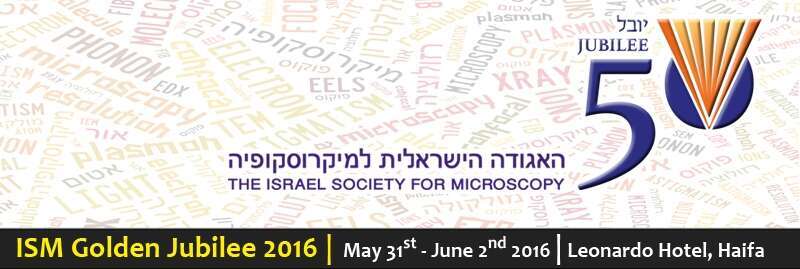How light behaves and interacts with matter at the nanometer scale is a fascinating subject. Indeed, at this scale, both the electromagnetic field and the electron wave functions may be subject to confinement. This is why the optical properties of nano-objects will in general depend drastically on their shape, size and local environment. This is the case for surface plasmons on metallic nanoparticles, which can be viewed as classical electromagnetic standing waves, or for the excitons in quantum emitters (such as Quantum Dots), where the confinement now affects the excitons wavefunction.
The typical sizes at which confinement becomes crucial range from few angströms (for excitons) to tens or hundred of nanometers (for plasmons). It is thus important to have tools able to probe optical and structural properties at these scales. Of course, regular optical microscopies and spectroscopies are not able to deliver such spatial resolution. Recently, electron spectroscopies such as Electron Energy Loss Spectroscopy (EELS) and Cathodoluminescence (CL) used in a Scanning Electron Microscope (STEM) have shown to address this issue.
In this presentation, I will thus present how recent technical and conceptual developments in EELS and CL have allowed to explore various aspects of nano-optics (plasmonics, photonics, quantum optics) at the scale relevant for plasmons and quantum emitters: few nanometers, few meV, few nanoseconds.

Figure 1: False color multispectral CL mapping of GaN quantum wells in an AlN shell, showing the identification of light emission from individual quantum confined structures.

